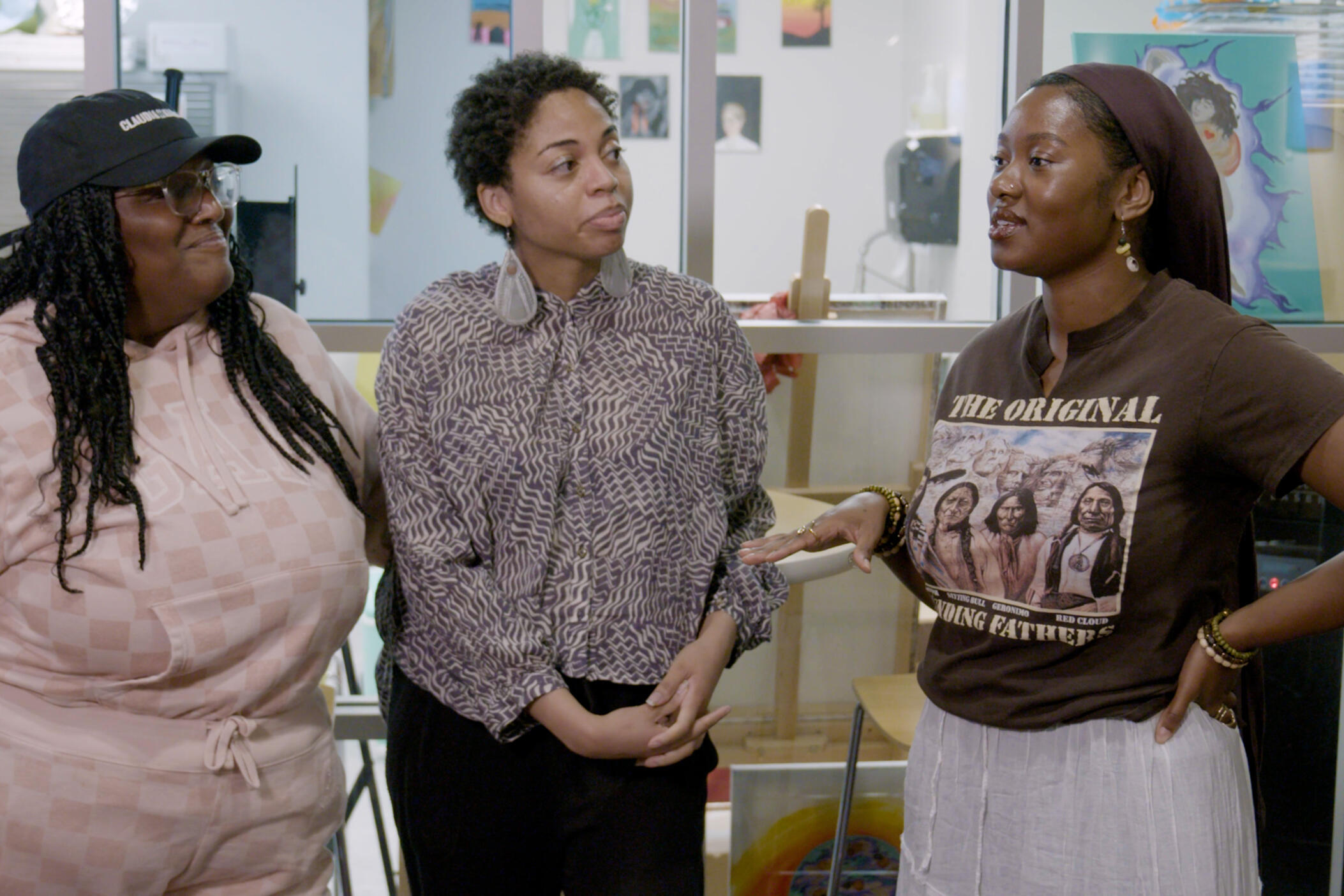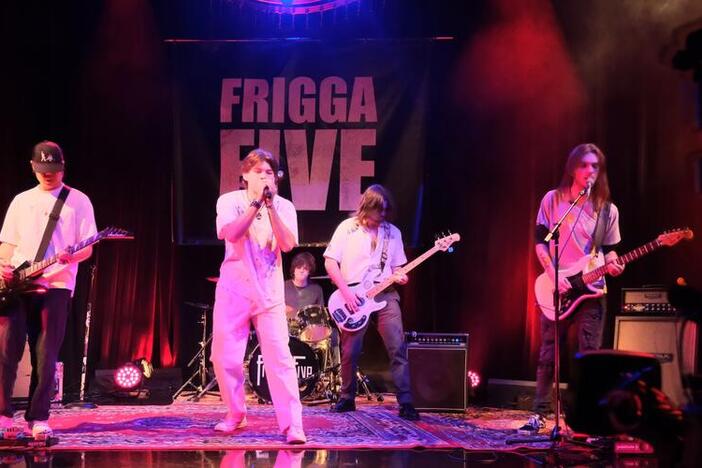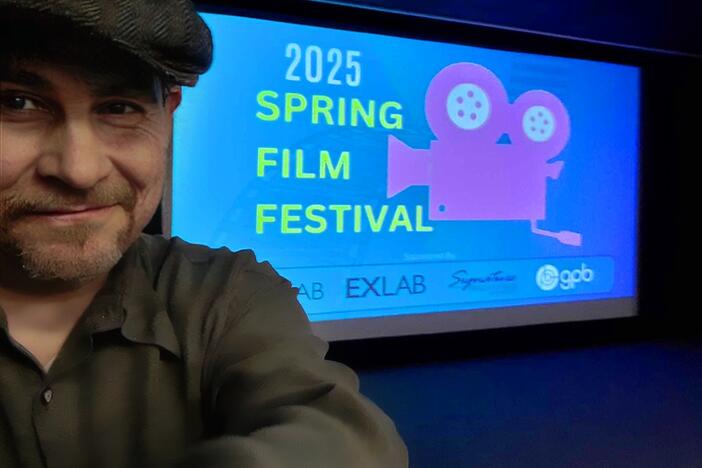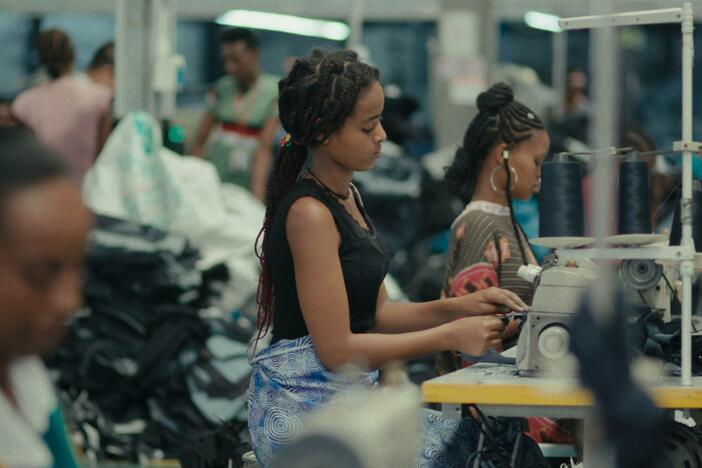Section Branding
Header Content
Inside The Art of Social Justice: A Documentary on Creativity and Change
Primary Content
When I first sat down to watch The Art of Social Justice, a new GPB-produced documentary created in collaboration with Emory University, I wasn’t entirely sure what to expect. However, as I followed three artists into Emory classrooms, it quickly became clear how students were empowered to express their perspectives on social issues through various art forms. This creative freedom allowed them to explore complex topics on a deeper, more personal level, creating an engaging and eye-opening experience captured vividly in the documentary.
The collaboration brought together seasoned artists from across Georgia and Emory students eager to explore social justice through creative expression. The documentary features three distinct sections, each spotlighting a different 2024 Emory Arts and Social Justice Fellow working within a specific classroom. GPB’s Senior Vice President of Content, Sandy Malcolm, shared her enthusiasm for the initiative. “I was so impressed with the program after speaking with them,” she said, “We wanted to follow them throughout the semester to document their learning journey as well as that of the students and professors.”
Carlton Mackey, former Director of the Ethics and Arts Program at Emory University, described the Art of Social Justice Program as an exploration of how “artists and professors can break very difficult subject matters down—the way they intersect with social justice issues—and create an artistic project around that.” Each section of the documentary features an artist—Jasmine Nicole Williams, Kacie Luaders and Umi IMAN—working within a specific classroom setting and using their artistic medium to engage students in conversation around social justice.
Jasmine Nicole Williams, a painter and muralist, has art featured in the Underground Atlanta. Williams emphasized her goal to “connect with students on the basis of culture and politics.” She encouraged students to deeply investigate the roots of injustice, helping students walk away “feeling confident and comfortable to think critically about everything around them.” Observing this mentorship unfold was genuinely inspiring. A project in Williams’ class was for the students to create a zine about a social movement that they felt connected to or that interested them and reference where that movement is today.
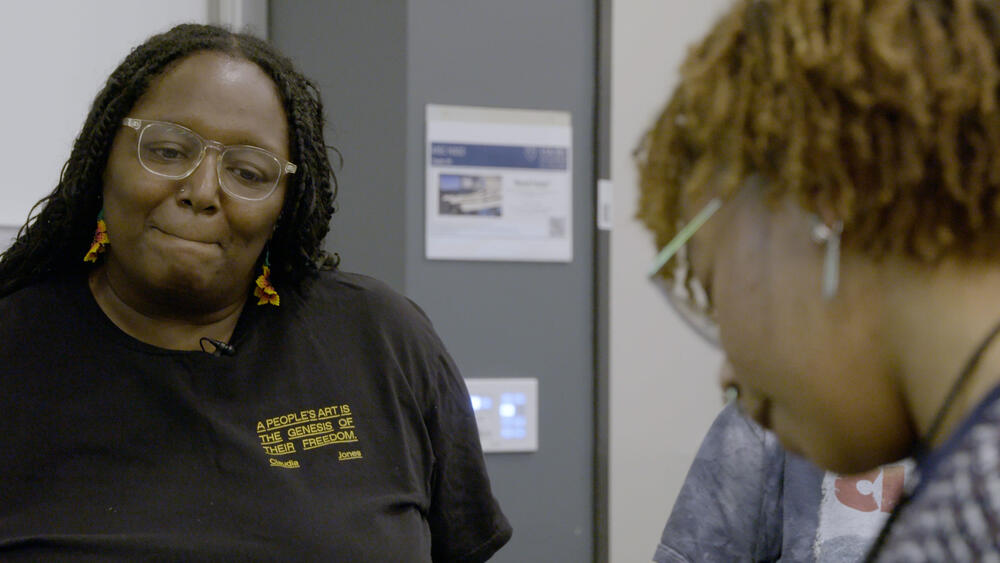
Kacie Luaders, a sound designer and podcast producer, integrated Artificial Intelligence into her creative process to explore the intersection of AI and human rights. Emory Art emphasized this by pairing her with Adam Mirza, an Assistant Professor in Composition at Emory, and T. Lang, an Associate Dance Professor from Spelman College. Together, this unique collaboration explored students’ concerns about AI’s role in creative spaces through Mirza’s live electronica music course and Luaders’ use of AI tools and devices. Lang shared, “We’re trying to see how we can teach the machine how to learn and respect and have dignity for Black woman bodies, Black and brown sounds, the otherness and vastness of who we are.”
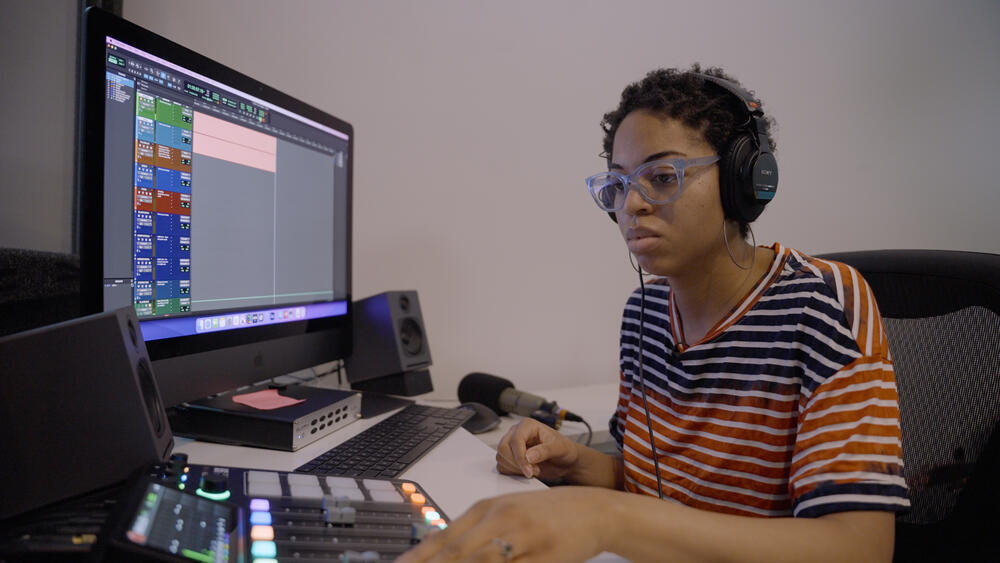
Umi IMAN used the expressive medium of dance and the symbolism of the Jingle Dress to explore themes of healing and community connection. One particularly moving scene featured Emory School of Medicine students actively participating by adding jingles to the dress, creating a tangible bridge between art, medicine and social advocacy. GPB Producer Alima Williams also found the moment particularly impactful, sharing that it opened her eyes to dance as “a different form of healing.”
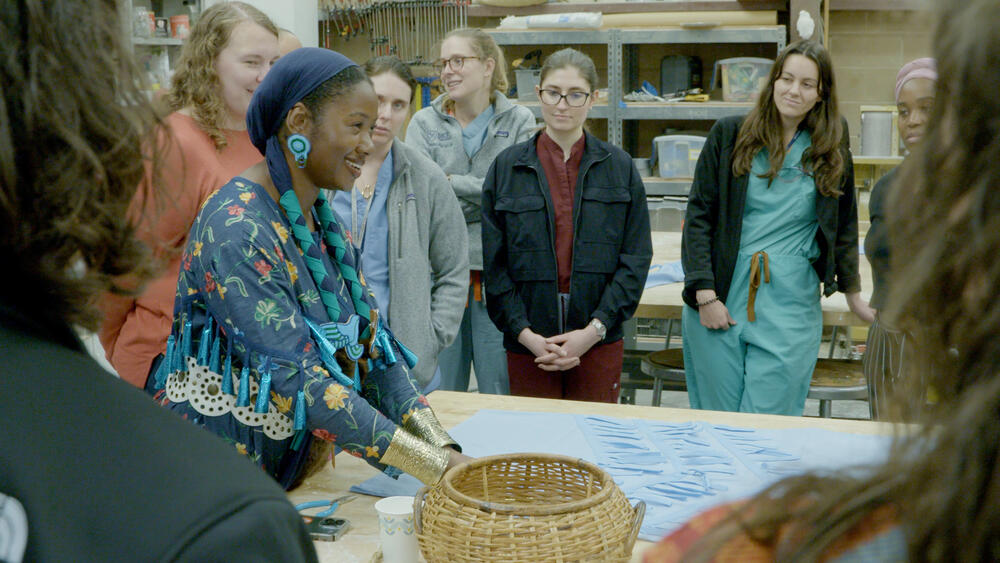
Jacque Pritz, Senior Program Coordinator at Emory Arts, shared her vision for the program, highlighting "the important work we’ve been doing over the past five years." She described how each semester’s collaborations evolved in exciting and unexpected ways, intentionally pushing students beyond conventional academic structures. Pritz acknowledged, "This process isn’t always linear; it can sometimes feel challenging, especially for students accustomed to traditional learning environments. Yet that's precisely what makes this collaboration special—it encourages everyone to remain open-minded and embrace the possibilities that emerge when art intersects with social justice."
Toward the end of the documentary, students showcased their creations to the broader community, celebrating their dedication and creativity. Alima Williams shared, “The community was able to see the hard work that the fellows, professors, and students put into creating pieces that are not only beautiful but also carry powerful messages that resonate with anyone who sees them."
Reflecting on the showcase's impact, Pritz expressed “I hope that after watching this documentary, viewers walk away feeling empowered, knowing that they can use their own form of art, whatever it may be, to make a difference" She reminded us, "The work doesn’t have to be grand; it just needs to speak to your community, show love to your neighbor, bring people together, and introduce yourself to the world around you."
“I hope that after watching this documentary, viewers walk away feeling empowered, knowing that they can use their own form of art, whatever it may be, to make a difference.”
The Art of Social Justice reflects GPB’s commitment to mentoring young minds. Through this collaboration with Emory University, students didn’t just explore social issues; they lived them, processed them, and expressed them artistically. The documentary premieres Monday, July 28, at 10 p.m. on GPB-TV and will also be available for streaming.
GPB and Emory University collaborate for a new documentary The Art of Social Justice.

